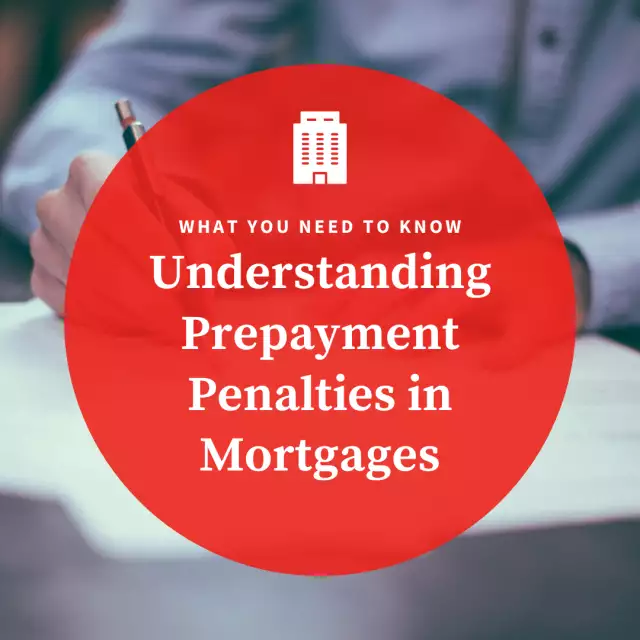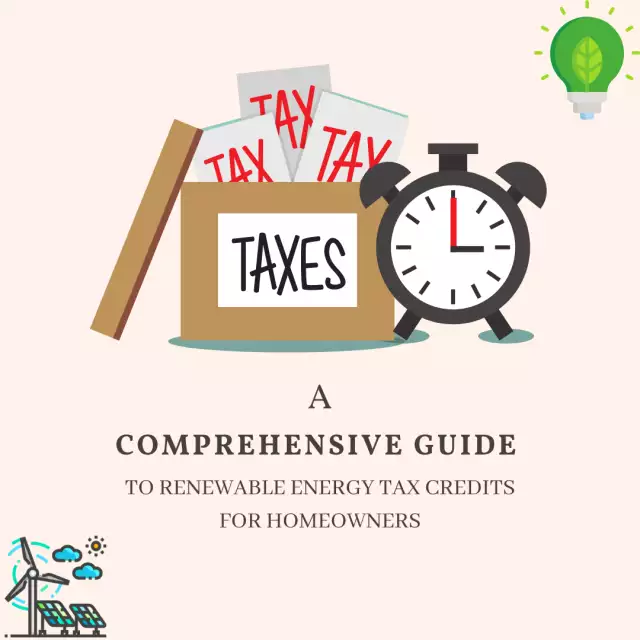Homeowners Exemption in California: What Homeowners Need to Know
If you own a primary residence in California, you may be eligible for the California Homeowners Exemption, which provides a property tax break to eligible homeowners. In this article, we will answer some of the most common questions about the California Homeowners Exemption, including who qualifies, how to apply, and what the exemption limit is.
What is the California Homeowners Exemption?
The California Homeowners Exemption is a program that provides eligible homeowners with a property tax break. The exemption reduces the assessed value of your primary residence, which can lower your property taxes.
Who qualifies for the California Homeowners Exemption?
To be eligible for the California Homeowners Exemption, you must meet the following criteria:
- You must own and occupy the property as your primary residence on January 1 of the fiscal year for which you are claiming the exemption.
- You must be a California resident.
- You must be 18 years of age or older.
What is the exemption limit in California?
The California Homeowners Exemption provides a $7,000 reduction in the assessed value of your primary residence. This means that if your home is assessed at $500,000, for example, the assessed value for property tax purposes would be $493,000 ($500,000 - $7,000).
Is the California Homeowners Exemption a one-time benefit?
No, the California Homeowners Exemption is not a one-time benefit. You can claim the exemption every year as long as you continue to meet the eligibility criteria.
How do I apply for the California Homeowners Exemption?
To apply for the California Homeowners Exemption, you will need to file a claim with your county assessor. You can usually do this online, by mail, or in person. Most county assessors have an online application system that you can use to file your claim. You will need to provide proof of ownership and occupancy, as well as proof of your California residency.
What documents do I need to apply for the California Homeowners Exemption?
To apply for the California Homeowners Exemption, you will need to provide proof of ownership and occupancy, as well as proof of your California residency. This may include a copy of your driver's license, voter registration, or utility bill. You will also need to provide a copy of your property tax bill or a recent assessment notice.
How does the California Homeowners Exemption affect my property taxes?
The California Homeowners Exemption reduces the assessed value of your primary residence, which can lower your property taxes. The reduction in assessed value is applied to your property tax bill, which can result in lower property taxes.
Can I claim the California Homeowners Exemption on more than one property?
No, you can only claim the California Homeowners Exemption on your primary residence. You cannot claim the exemption on multiple properties.
How long does it take to process a California Homeowners Exemption claim?
The processing time for a California Homeowners Exemption claim varies by county, but it typically takes several weeks. You should check with your county assessor for more information on processing times.
What happens if I don't file for the California Homeowners Exemption?
If you don't file for the California Homeowners Exemption, you may be missing out on a property tax break. While the exemption does not guarantee lower property taxes, it can result in lower taxes for eligible homeowners. If you fail to file for the exemption, you may not receive the property tax break in future years.
What happens if my circumstances change and I no longer qualify for the California Homeowners Exemption?
If your circumstances change and you no longer qualify for the California Homeowners Exemption, it's important to inform your county assessor's office as soon as possible. This could include changes to your marital status, ownership of the property, or if you move to a different property.
What is the difference between the California Homeowners Exemption and the California Senior Citizens Property Tax Assistance?
The California Homeowners Exemption provides a reduction in the assessed value of a homeowner's property for tax purposes. The California Senior Citizens Property Tax Assistance, on the other hand, is a program that provides financial assistance to eligible senior citizens to help them pay their property taxes.
What is the deadline to apply for the California Homeowners Exemption?
The deadline to apply for the California Homeowners Exemption is usually February 15th of each year. However, it's important to check with your county assessor's office for the specific deadline as it may vary depending on your county.
Can I file for the California Homeowners Exemption online?
Yes, you can file for the California Homeowners Exemption online through the website of your county assessor's office. The process is simple and convenient, and you can complete it from the comfort of your own home.
In conclusion, the California Homeowners Exemption can provide a significant reduction in your property taxes and is a valuable benefit for eligible homeowners. It's important to understand the eligibility requirements, the exemption limit, and the steps to apply for the exemption to take advantage of this opportunity. If you have any questions or need help with the application process, it's recommended to contact your county assessor's office for assistance.



